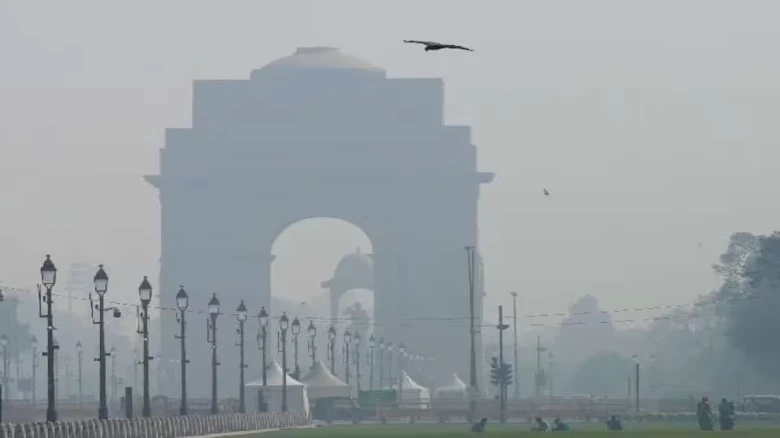Regional

The national capital finds itself ensconced in a thick veil of toxic smog as the air quality in most places in Delhi plunges back into the...
Digital Desk: The national capital finds itself ensconced in a thick veil of toxic smog as the air quality in most places in Delhi plunges back into the 'severe' category post-Diwali celebrations. Despite the temporary relief brought by last week's rain, the pollution crisis has resurfaced, exacerbated by ongoing fireworks displays in defiance of a court ban.
The Central Pollution Control Board reports that the average Air Quality Index (AQI) hit 'severe' levels this morning across the city. Disturbing figures include 417 in RK Puram, 430 in Anand Vihar, 403 at IGI airport, 430 in Narela, and 423 in Punjabi Bagh, all indicating perilously high levels of pollution.
The AQI scale categorizes levels from 'good' to 'severe,' with readings above 400 signifying a severe impact on both healthy individuals and those with pre-existing health conditions. Respiratory illnesses are a growing concern, particularly as prolonged exposure to an AQI level of 301-400 can cause severe health problems.
Delhi's air quality typically takes a nosedive in the lead-up to winter, exacerbated by factors such as vehicular emissions, industrial pollutants, construction dust, and stubble burning. Despite the government's measures, including school closures and a ban on diesel trucks, the pollution levels continue to escalate.
The city had experienced a brief respite when rain showered down last week, but the gains were swiftly erased by the Diwali festivities. The combination of firecracker emissions and stubble burning in northern India has reignited the pollution crisis, raising serious health concerns for residents of all ages.
As the national capital grapples with this recurring environmental emergency calls for stricter enforcement of pollution control measures and a collective effort to address the root causes of air pollution grow louder.
Leave A Comment